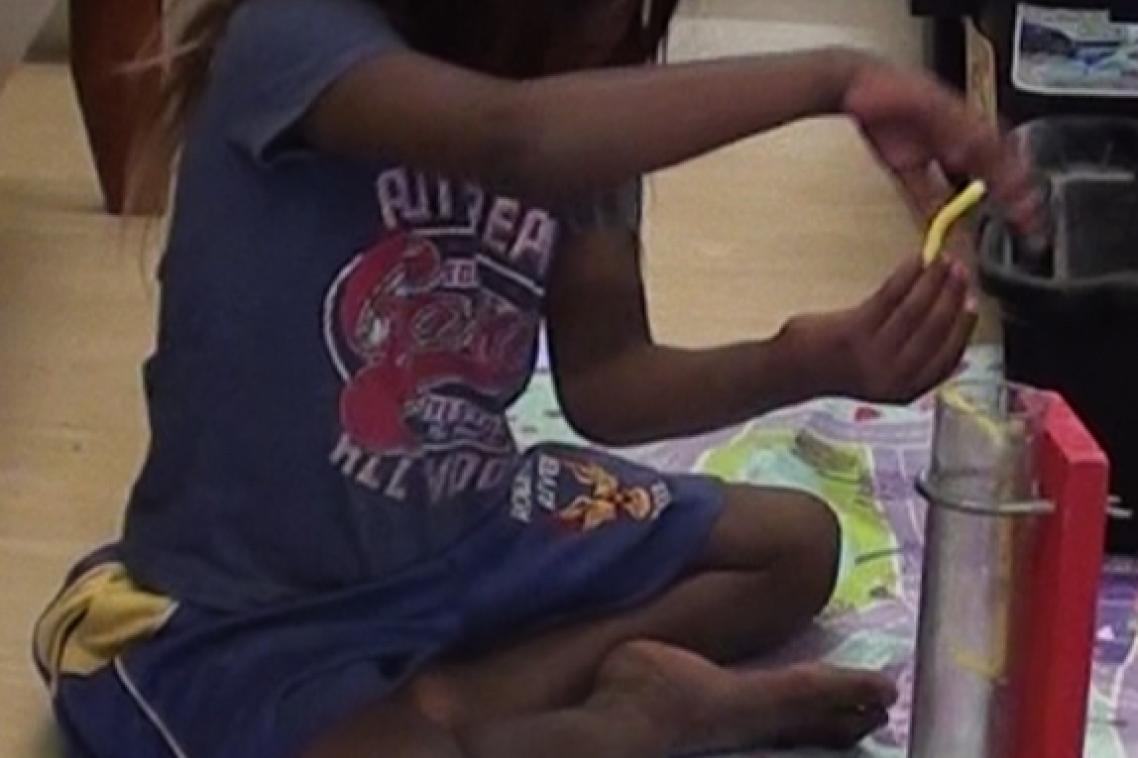Your child may be more innovative than you realise

Children may have a greater understanding of how to innovate and problem solve than previously realised.
A study led by University of Queensland School of Psychology researcher Karri Neldner looked at children’s ability to innovate with tools, and the creativity associated with developing new tools to solve problems.
“Kids, aged three to five, had a greater understanding of how to use novel items to solve problems than was previously thought possible,” Ms Neldner said.
Children were given a choice of a pipe cleaner or a short length of rope to use to retrieve a small toy bucket from the bottom of a transparent tube.
“Over 45 per cent of the kids were able to solve the task by using the pipe cleaner, compared to rates of below 10 per cent in previous research,” Ms Neldner said.
“Children’s innovation rates more than doubled when they were given clear information about the tool's properties.
“Seeing the focal component of the tool — that the end of a pipe cleaner can be bent into a hook, for instance — kick starts the problem-solving process and allows a lot more children to identify how they can go about solving the task.
“This suggests that we need to rethink how we test innovation in children, as the tasks we've been giving to them up until now are unnecessarily difficult, and disadvantaging their performance.”
The study found that children’s ability to innovate spanned across cultures.
Study participants were urban Brisbane kids, the majority of which were Caucasian and from middle-class socioeconomic backgrounds, as well as Indigenous residents of the Borroloola and Robinson River Aboriginal communities in Northern Australia.
Ms Neldner’s research, conducted in collaboration with Associate Professors Ilana Mushin and Mark Nielsen, is published in Cognition.
Media: Karri Neldner, k.neldner@uq.edu.au; Dani Nash, UQ Communications, dani.nash@uq.edu.au, +61 7 3346 3035.
Topics
Related articles

Should you consent to your doctor using an AI scribe? Here’s what you should know.

How a drone delivering medicine might just save your life
Media contact
UQ Communications
communications@uq.edu.au
+61 429 056 139
